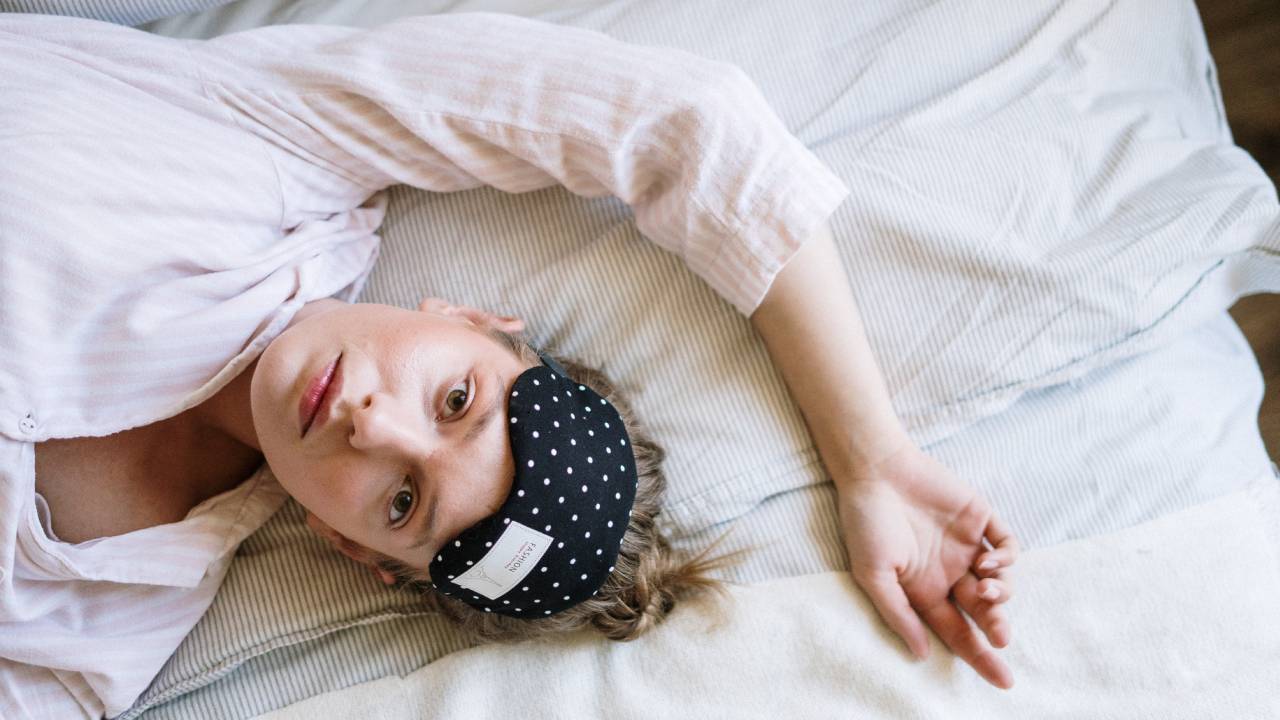

Has this happened to you? You’ve felt sleepy all day – maybe, you’ve had a little nap on your sofa whilst watching TV – but as soon as you settle down on the best mattress, you’re suddenly wide awake and can’t get to sleep. If you answered yes to this question, you’re not alone, as it’s been reported that up to 48% of adults suffer with sleep disorders.
Whether you sleep like a log or toss and turn all night, we’re all looking for ways to sleep better, and more and more people are looking to social media for hacks and tips, especially TikTok. TikTok sleep hacks have become increasingly popular, from the military sleep method to the Scandinavian duvet trick.
A popular TikTok user and NHS surgeon, Dr Karan Raj is well known for his videos giving medical advice, debunking health myths and giving sleep tips. Addressing the issue of feeling wide awake when you’re meant to be going to sleep, Dr Raj has some stellar advice that can help you fall asleep easier and rest more efficiently.
In a viral TikTok, Dr Raj answered the question: “why do I stop feeling tired when I get into bed?” The answer is a phenomenon called learned or conditioned arousal. In this post, we look into what conditioned arousal is, how it disrupts your sleep and how you can overcome it.
What is conditioned arousal?
Conditioned arousal is a state where the mind and body are on alert, according to Insomnia Health Info. In Dr Raj’s TikTok, he claims that the reason you experience conditioned arousal is because “you’ve accidentally trained your body to associate your bed with being awake by doing stuff in bed which stimulates you.”
While the causes of conditioned arousal can be as simple as working from your bed, watching Netflix, eating or scrolling on your phone, it can also stem from anxiety. If you spend most nights worrying and stressing about things, this is not only the ultimate sleep killer but your body becomes trained to think that it should feel awake and frustrated when you’re in between the best sheets.
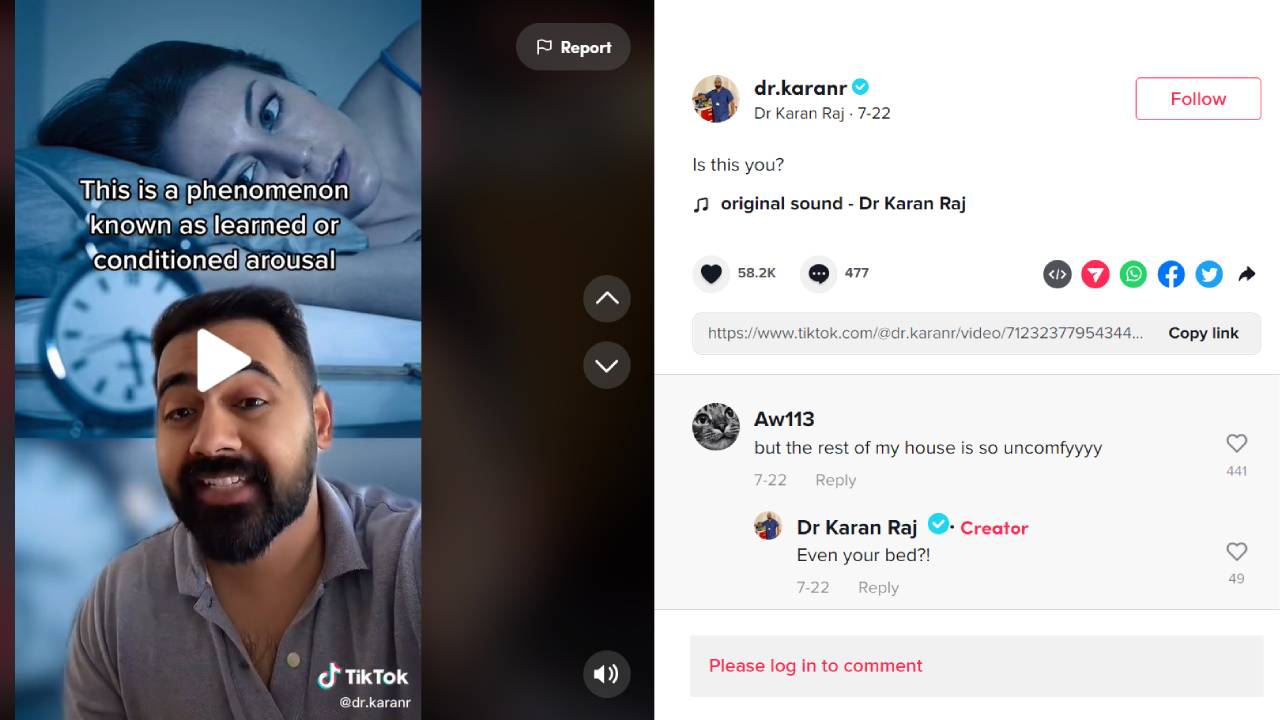
This has a serious effect on your sleep patterns, as “these things teach your brain that your bed isn’t for sleeping,” says Dr Raj. This disconnect will leave you feeling tired in places where you should be concentrating and wide awake in places where you should be resting, like your bedroom. To tackle this issue and help you fall asleep easier once you get into bed, Dr Raj initially suggests to keep your bed solely for sleeping and to do other activities like working or eating in different rooms in your house.
Sign up to the T3 newsletter for smarter living straight to your inbox
Get all the latest news, reviews, deals and buying guides on gorgeous tech, home and active products from the T3 experts
But his best piece of advice for tackling conditioned arousal at bedtime is “if you struggle to fall asleep for 20 minutes, get out of bed and move to a different part of the house until you feel sleepy again.” He says this helps you to break the association between your bed and feelings of restlessness. While it might take a while to see any changes, this can definitely help you get back into a sleep schedule and start feeling tired at the appropriate times, i.e. when you enter your bedroom.
For more sleep tips, check out this sleep psychologist-recommended 30 second sleep hack and be aware of the 5 strange signs you’re not getting quality sleep.

Beth is Home Editor for T3, looking after style, living and wellness. From the comfiest mattresses to strange things you can cook in an air fryer, Beth covers sleep, yoga, smart home, coffee machines, watches, grooming tools, fragrances, gardening and much more. If it's something that goes in your house, chances are Beth knows about it and has the latest reviews and recommendations! She's also in the know about the latest deals and discount codes from top brands and retailers.
Having always been passionate about writing, she’s written for websites, newspapers and magazines on a variety of topics, from jewellery and culture, to food and telecoms. You can find her work across numerous sites, including Wedding Ideas Magazine, Health & Wellbeing, The Bristol Post, Fashion & Style Directory, TechRadar, CreativeBloq and more. In her spare time, Beth enjoys running, reading, baking and attempting craft projects that will probably end in disaster!
-
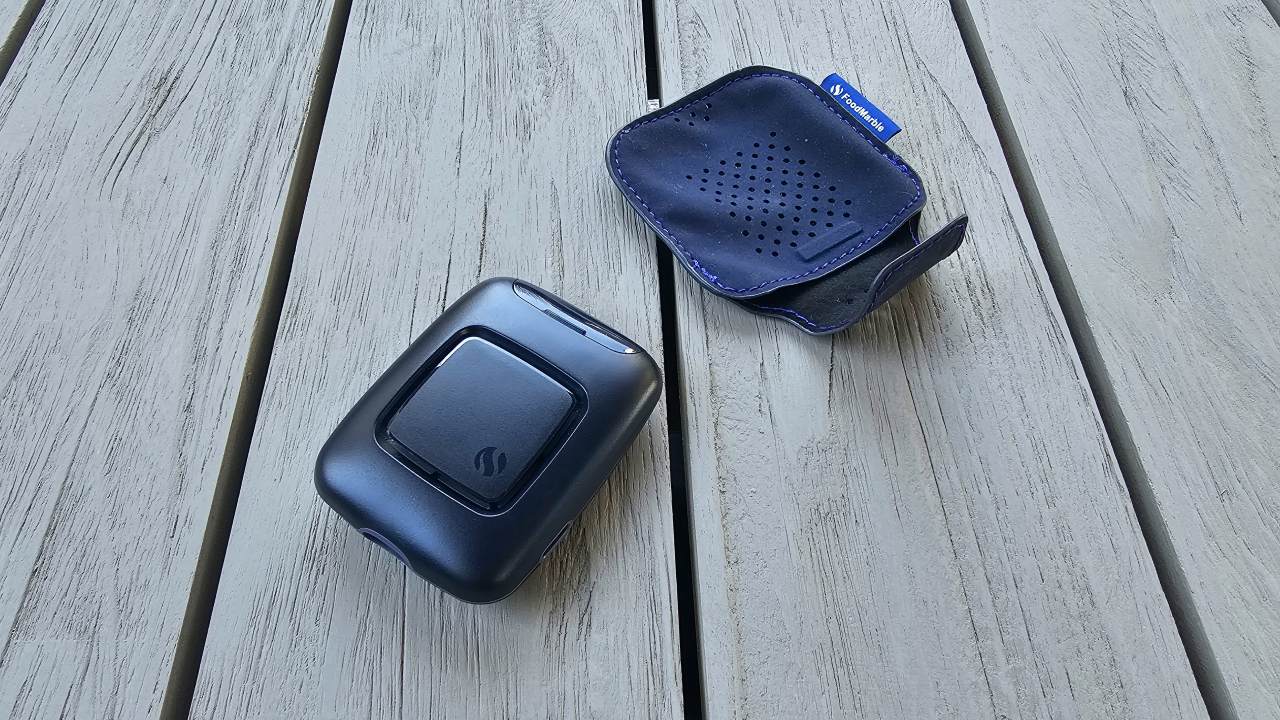 I spent 6 weeks with the FoodMarble Aire 2: here’s what I learned about my gut health
I spent 6 weeks with the FoodMarble Aire 2: here’s what I learned about my gut healthI’ve been testing the clever breath-testing gadget with the companion app over several weeks to find out if it delivers on its promises
By Lee Bell
-
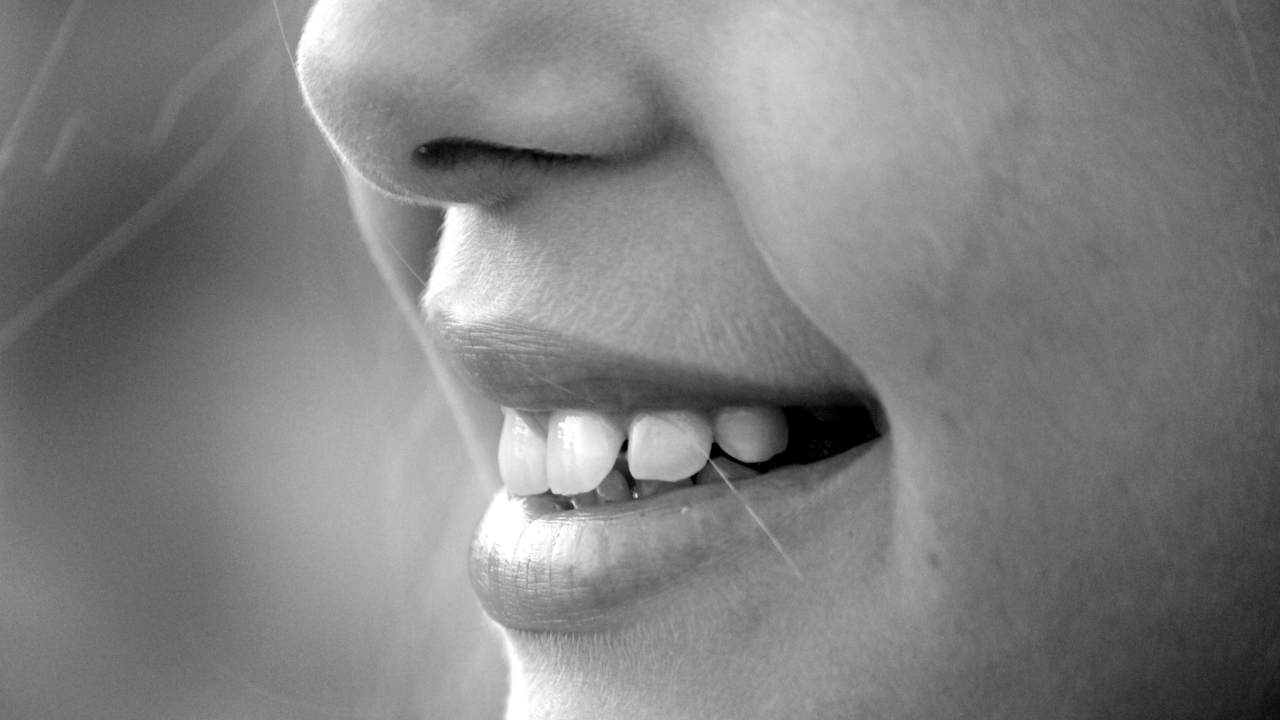 Oil pulling is going viral on TikTok for stopping morning breath – but does it actually work?
Oil pulling is going viral on TikTok for stopping morning breath – but does it actually work?4 hacks that prevent morning breath, according to a sleep expert
By Bethan Girdler-Maslen
-
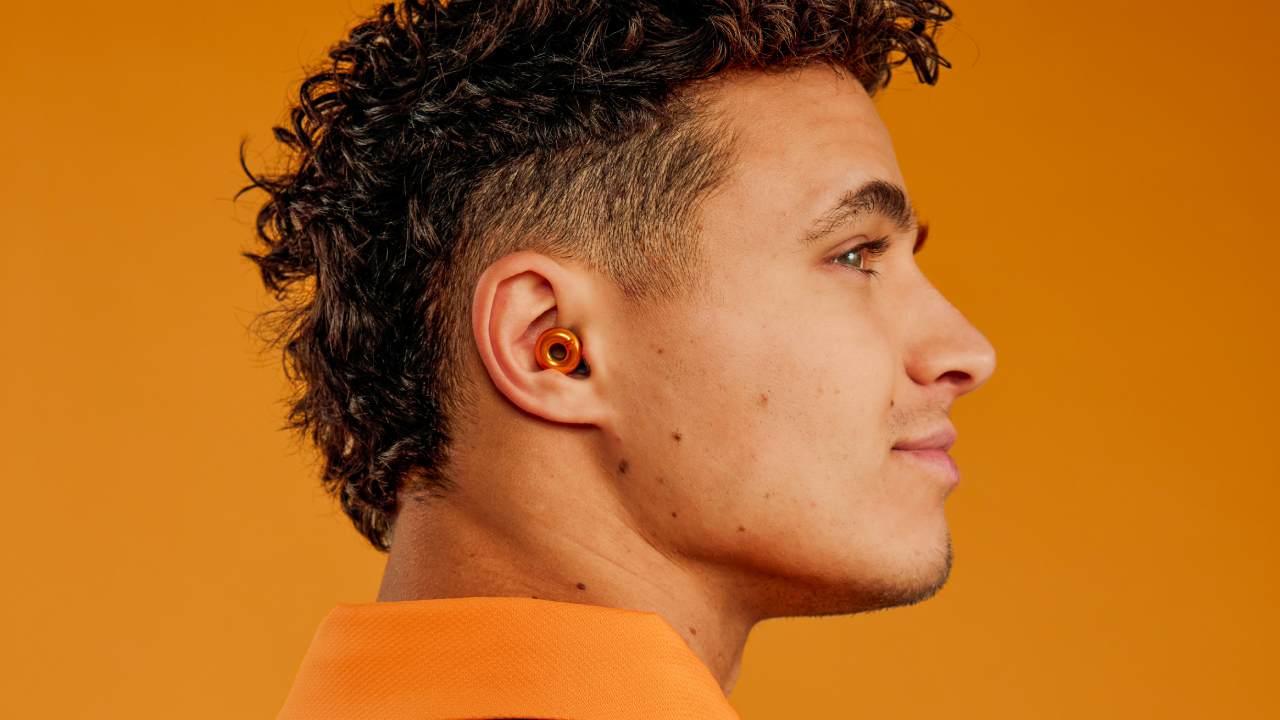 These limited edition McLaren x Loop earplugs are what you need for Formula 1 season
These limited edition McLaren x Loop earplugs are what you need for Formula 1 seasonMcLaren teams up with Loop on limited edition noise-reducing earplugs
By Bethan Girdler-Maslen
-
 5 sleep supplements that help me achieve 8+ hours of rest every night
5 sleep supplements that help me achieve 8+ hours of rest every nightIt took me years to perfect my sleep routine – here are the supplements that helped
By Lizzie Wilmot
-
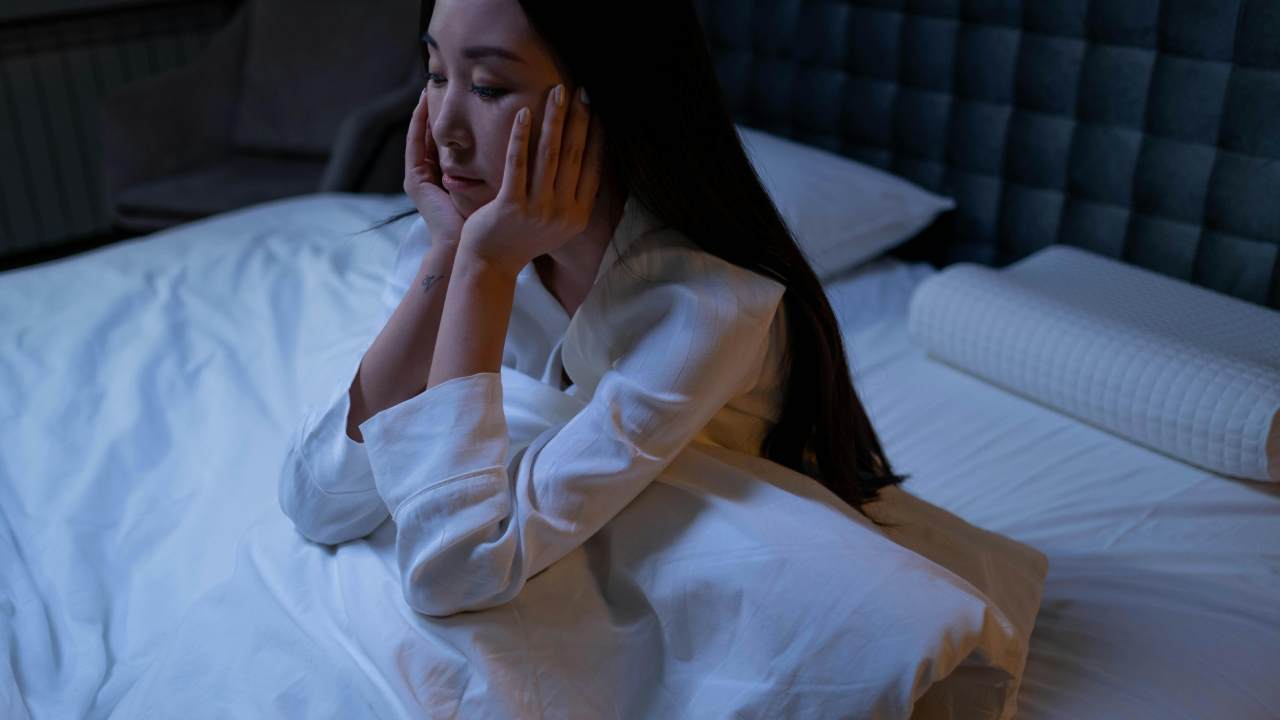 3 reasons why you wake up at 3am every night – and how to avoid it
3 reasons why you wake up at 3am every night – and how to avoid itAlways waking up in the middle of the night? This could be why…
By Bethan Girdler-Maslen
-
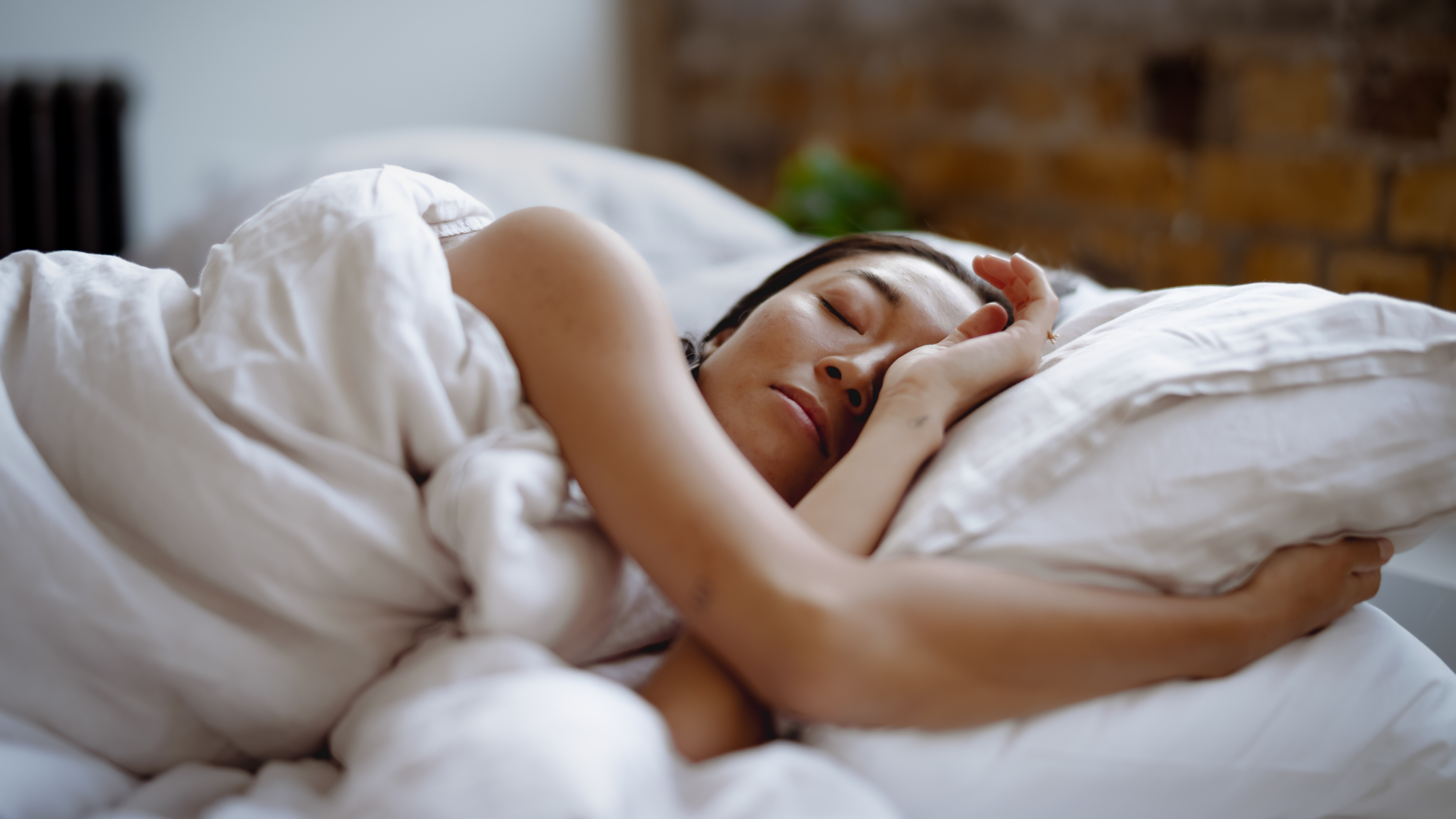 This tiny device will automatically disable your distracting apps before you sleep
This tiny device will automatically disable your distracting apps before you sleepSay hello to Kip...
By Lizzie Wilmot
-
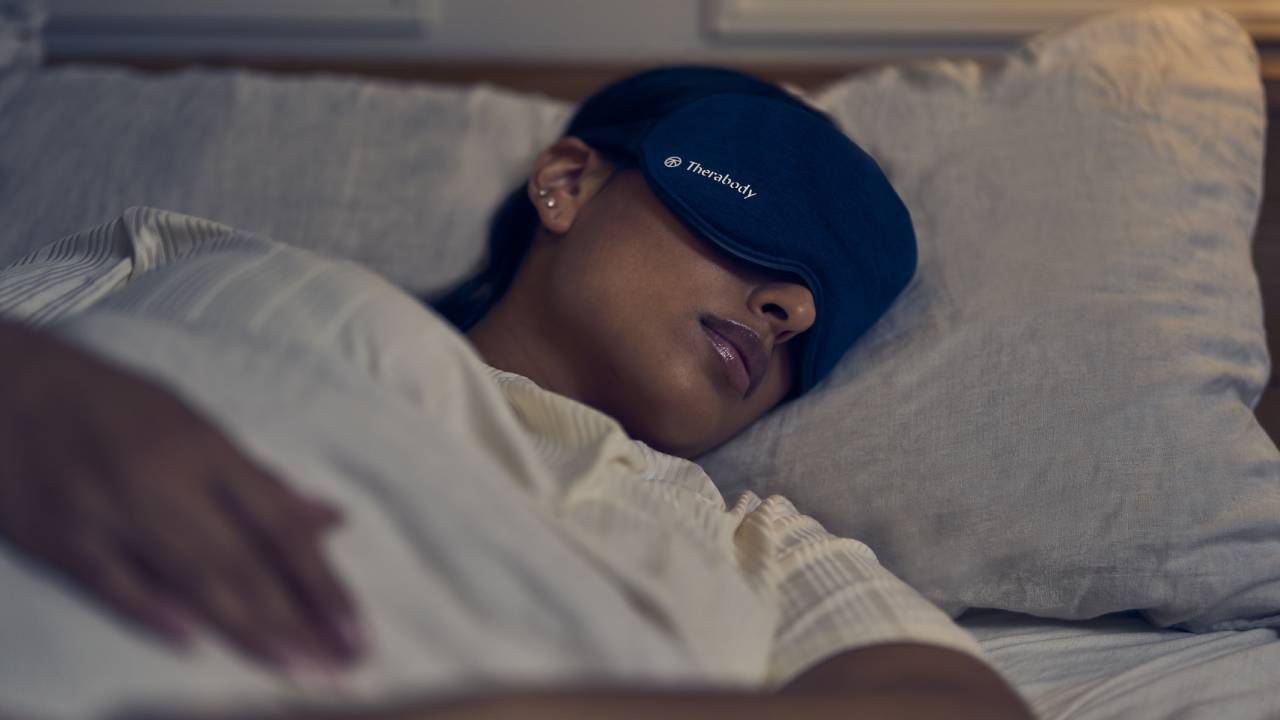 Therabody experts give 7 tips for perfecting your sleep routine for World Sleep Day
Therabody experts give 7 tips for perfecting your sleep routine for World Sleep DayFrom breathing exercises to sleep masks, here’s how to prioritise sleep, according to experts
By Bethan Girdler-Maslen
-
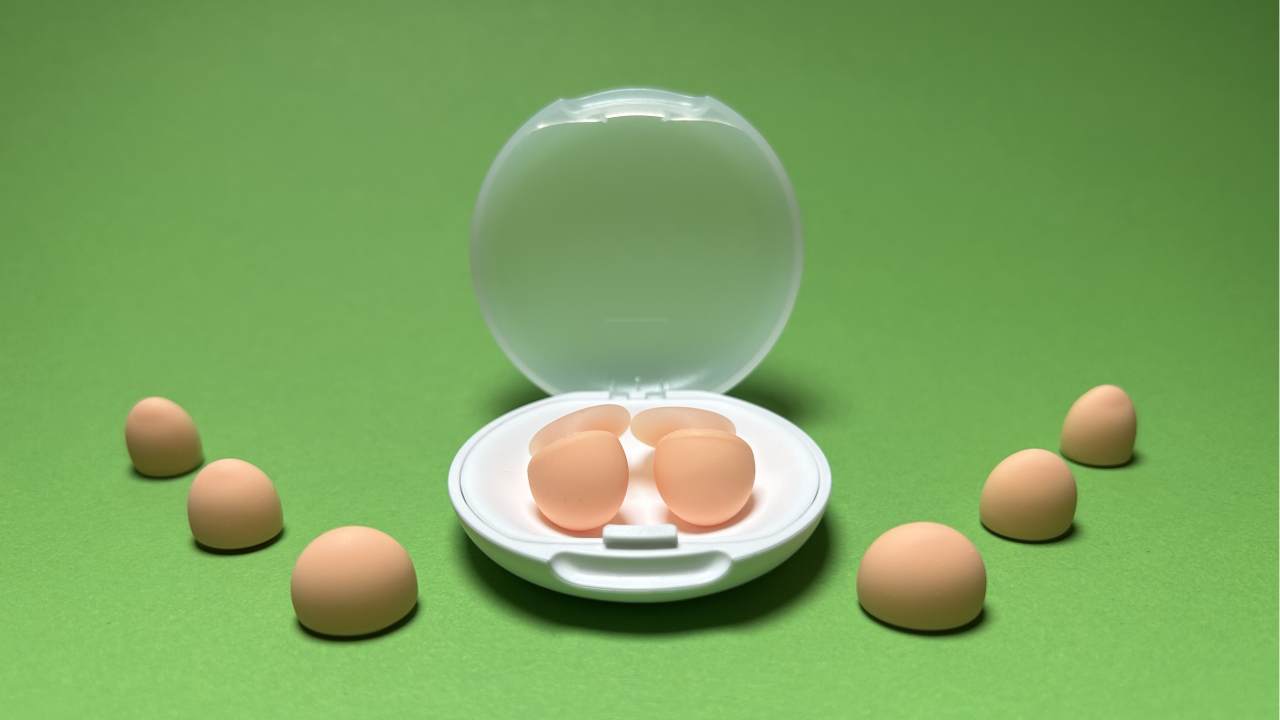 Loop Dream review: super soft earplugs to help you snooze soundly, even if you’re a side sleeper
Loop Dream review: super soft earplugs to help you snooze soundly, even if you’re a side sleeperSquishy silicone and uniquely shaped ear tips take Loop’s nighttime earplugs to dreamy heights
By Joanna Ebsworth

